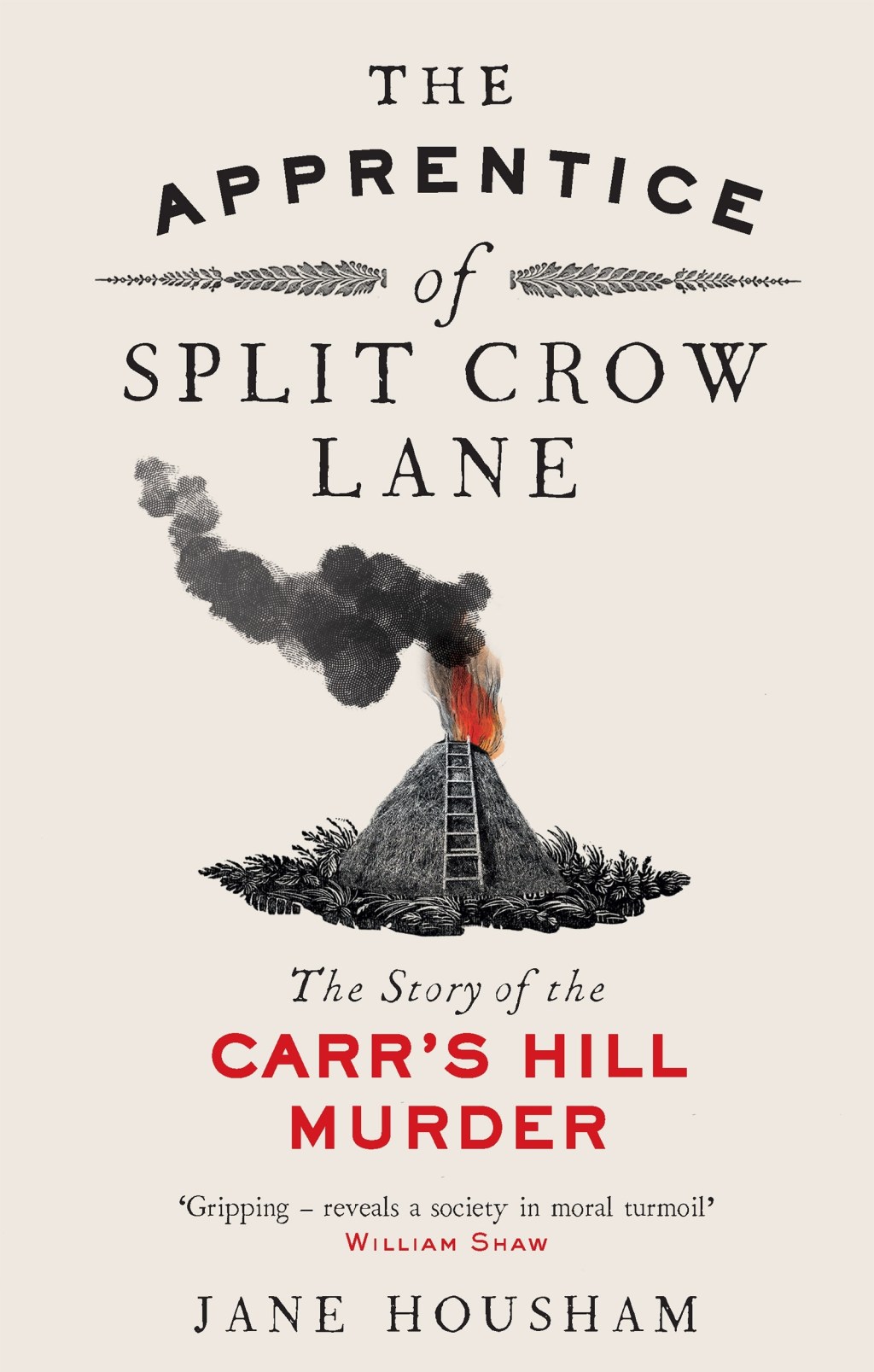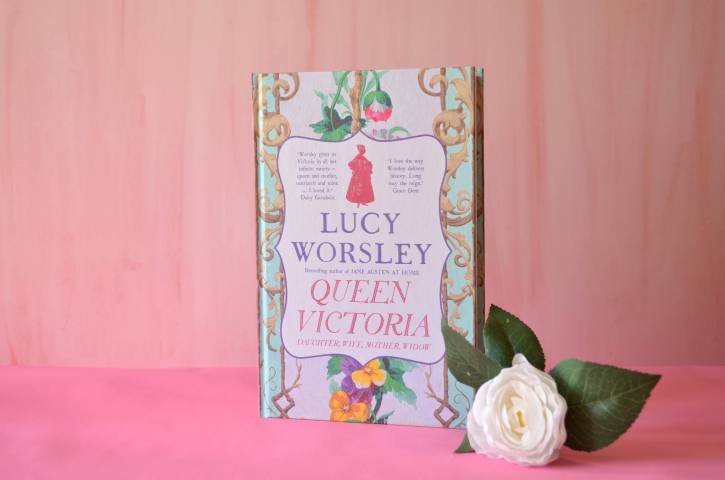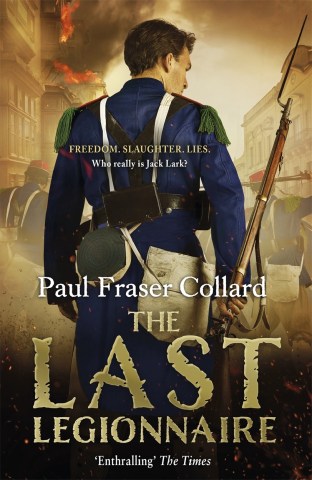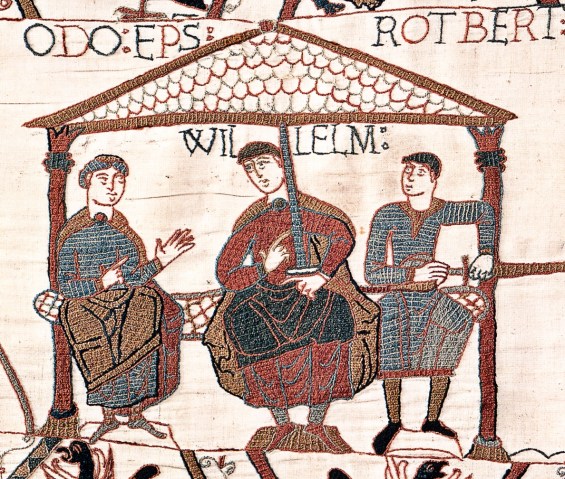H for History’s Jo Liddiard reviews The Apprentice of Split Crow Lane by Jane Housham

At the start of The Apprentice of Split Crow Lane Jane Housham explains that ‘recounting a true story as it unfurled means you have to take it as it comes.’ She explains that it might not have a neat and tidy ending that you might expect, and that the story won’t unfold in the way a novel would – and she’s right but her engrossing book does not suffer because of this. I would always say – if asked to choose – that I would pick fiction over non-fiction because I need that narrative drive which you would expect from a novel pushing you forward to keep on reading. But The Apprentice of Split Crow Lane has that drive in spades. From Sarah Melvin’s shocking murder in the village of Carr’s Hill which starts the book to what that event triggers – the trial, the press coverage, what happens to all parties involved.
I learnt so much from this book – about Victorian society and its attitude to criminals, to its press, its prisons; even that the post-mortems at the time took place in the victims’ homes rather than in a mortuary or official location. The press coverage of Sarah Melvin’s murder – which formed a key part of the research for this book – are also fascinating. You can see how early classic crime novels, such as those of Wilkie Collins, were inspired by the press and journalists of the time. The press details of Sarah Melvin’s murder included very graphic details of the crime but in a sombre rather than salacious way. Obviously within this review I don’t want to give away to much of what is within the book. I really don’t want it to be littered with spoilers so it is probably enough to say that the crime was classified as being ‘wilful murder by some person unknown’. Obviously the identiy of that person is revealed within the book itself and what happens from that point is equally fascinating. The Victorian penal system being as it is issues of deportation, imprisonment and the treatment of mental health are all key here.
Because the book is based on a real-life murder of a small child it can of course be quite gruelling and shocking but it gives a fascinating insight into an era – 150 years before our own and very different in some ways, but very similar in others. I would highly recommend it.






